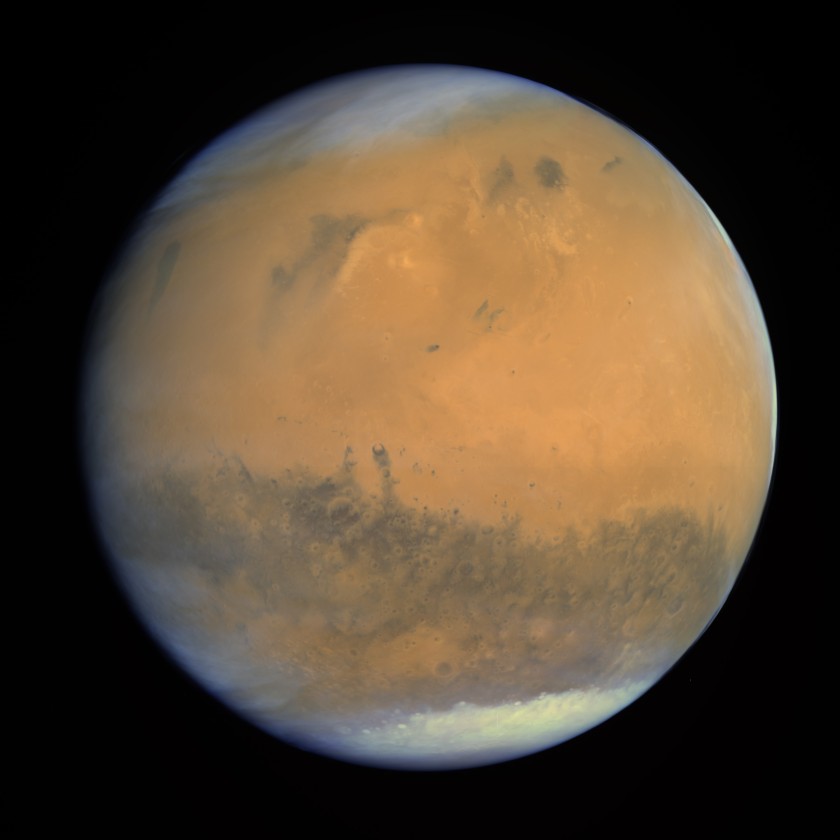Planetary Society | Emily Lakdawalla | 2012 Jan 24
On February 24, 2007, the European Space Agency's Rosetta spacecraft passed by Mars, the second of four planetary gravity-assist flybys on its long route to a 2014 rendezvous with comet Churyumov-Gerasimenko. At the time, they released two photos from the main science camera, OSIRIS. One was a very pretty high-resolution view of Mars and the other a nifty little animation of Phobos flying over Mars.
We knew from the published Rosetta Mars flyby timeline that OSIRIS took a great many more pictures during that time, but no more OSIRIS images were ever released by ESA, until now. The OSIRIS principal investigator was notoriously tight-fisted with data, but he's now retired, and his replacement Holger Sierks has apparently unclogged the data pipeline. At the end of November, they suddenly released a huge quantity of data covering the first two (out of three) Earth flybys, the Mars flyby, and several sets of data from cruise periods between these encounters. Such riches! The data can be found on ESA's Planetary Science Archive, or at the Small Bodies Node of NASA's Planetary Data System.
I finally found some time yesterday to play with the images, and there are lots of cool things. First, here's my take on one of the two pictures they did release, the frame-filling photo that Rosetta took as it approached Mars. I love the clouds floating over the surface.
...
